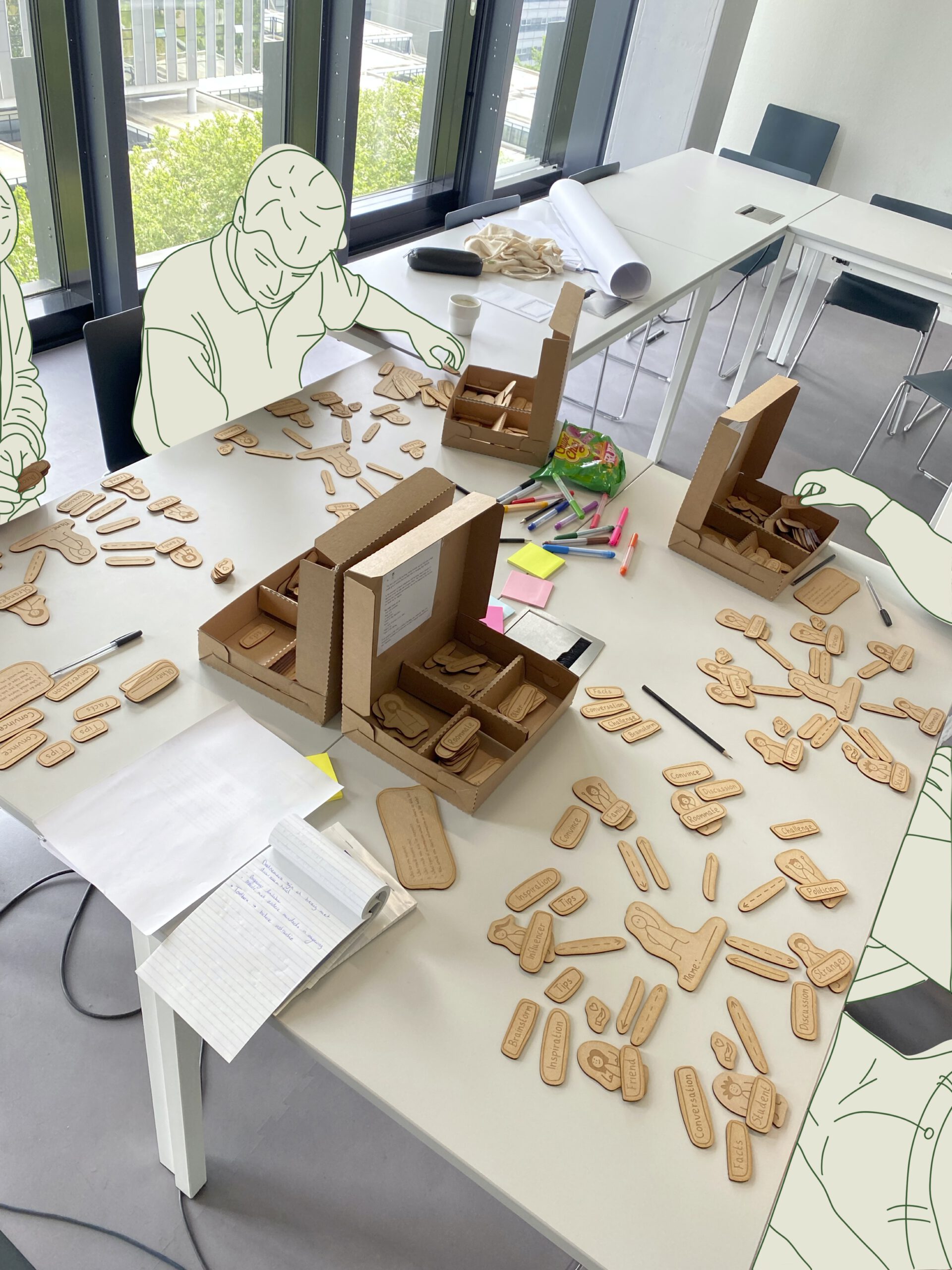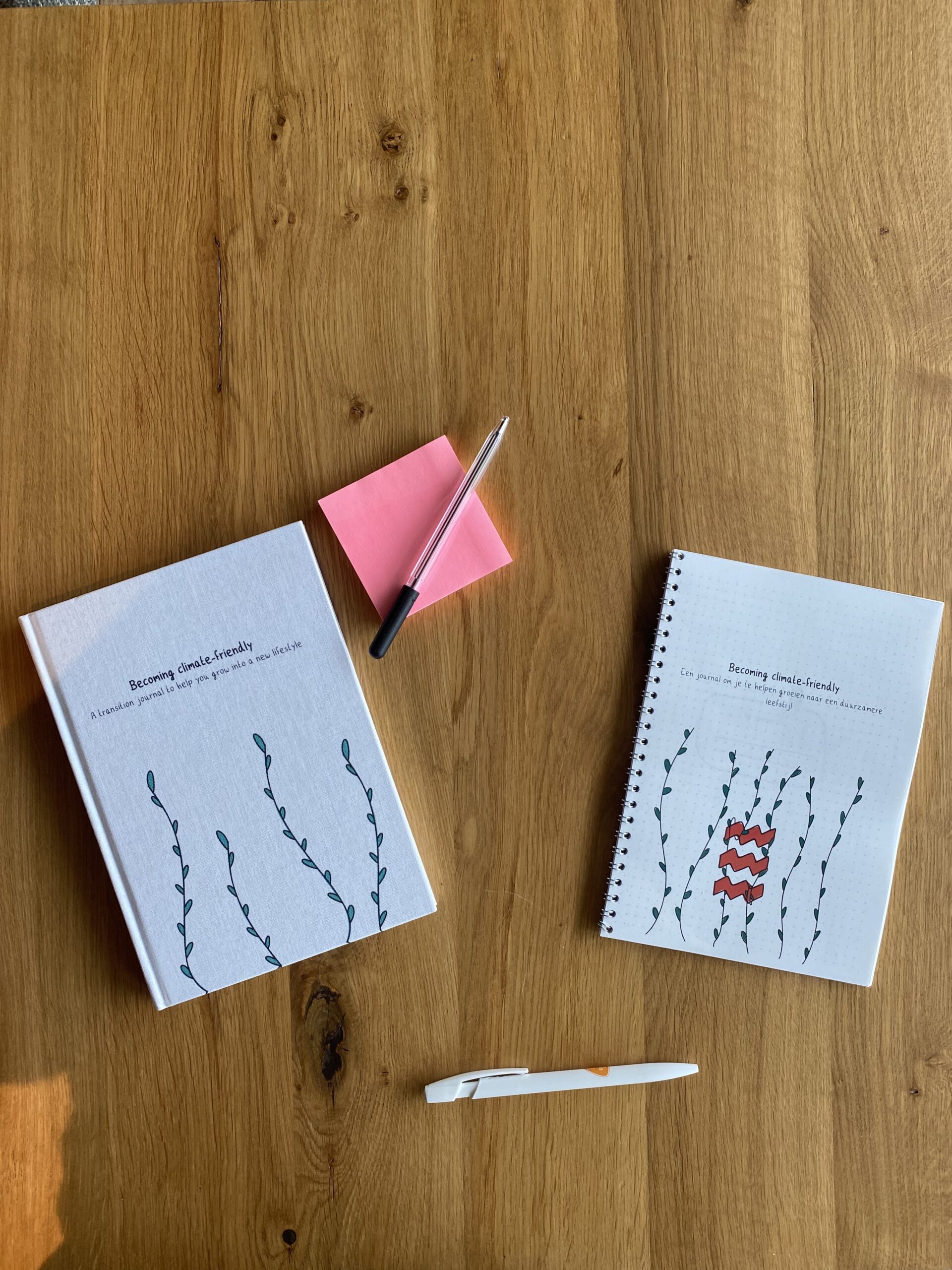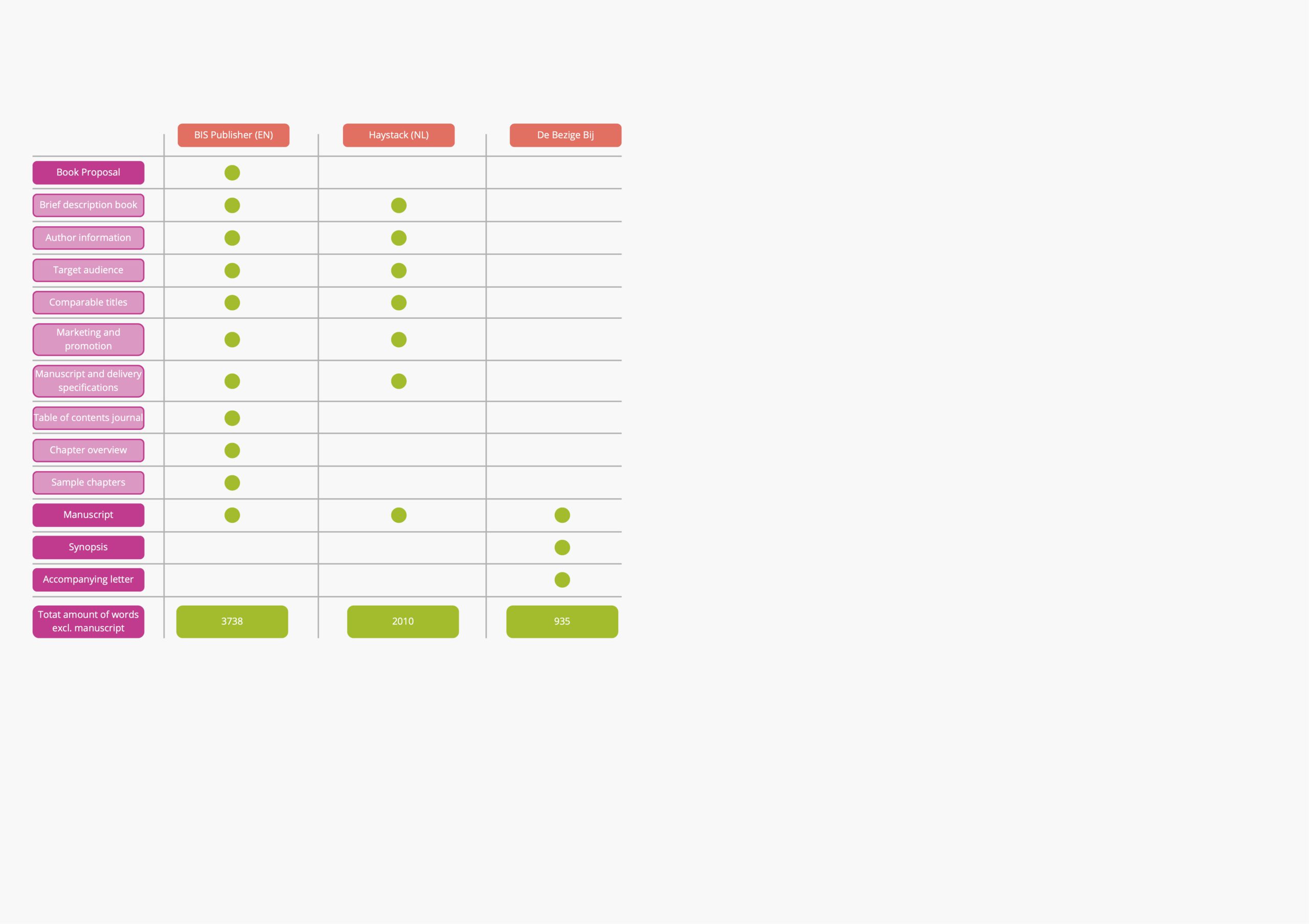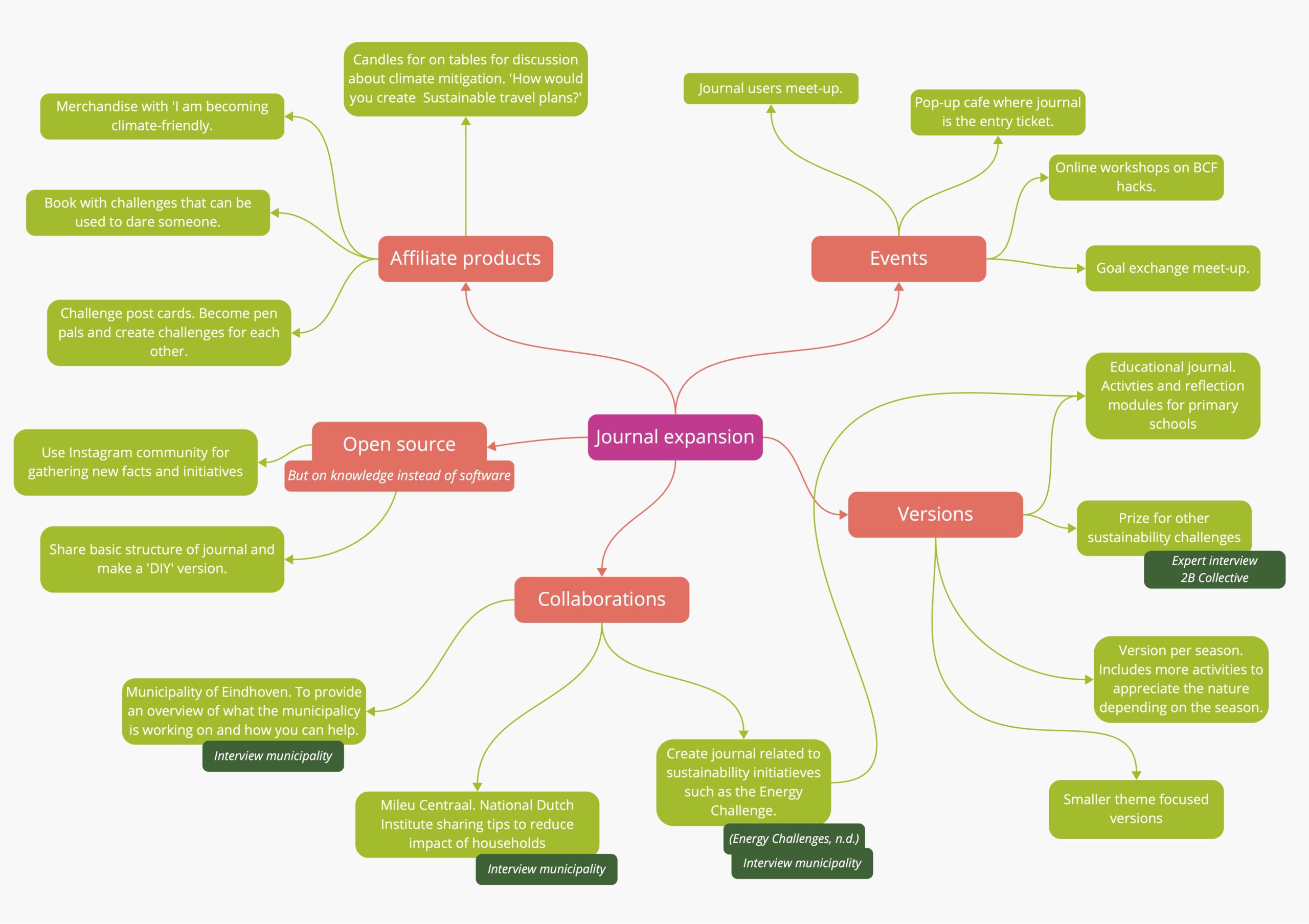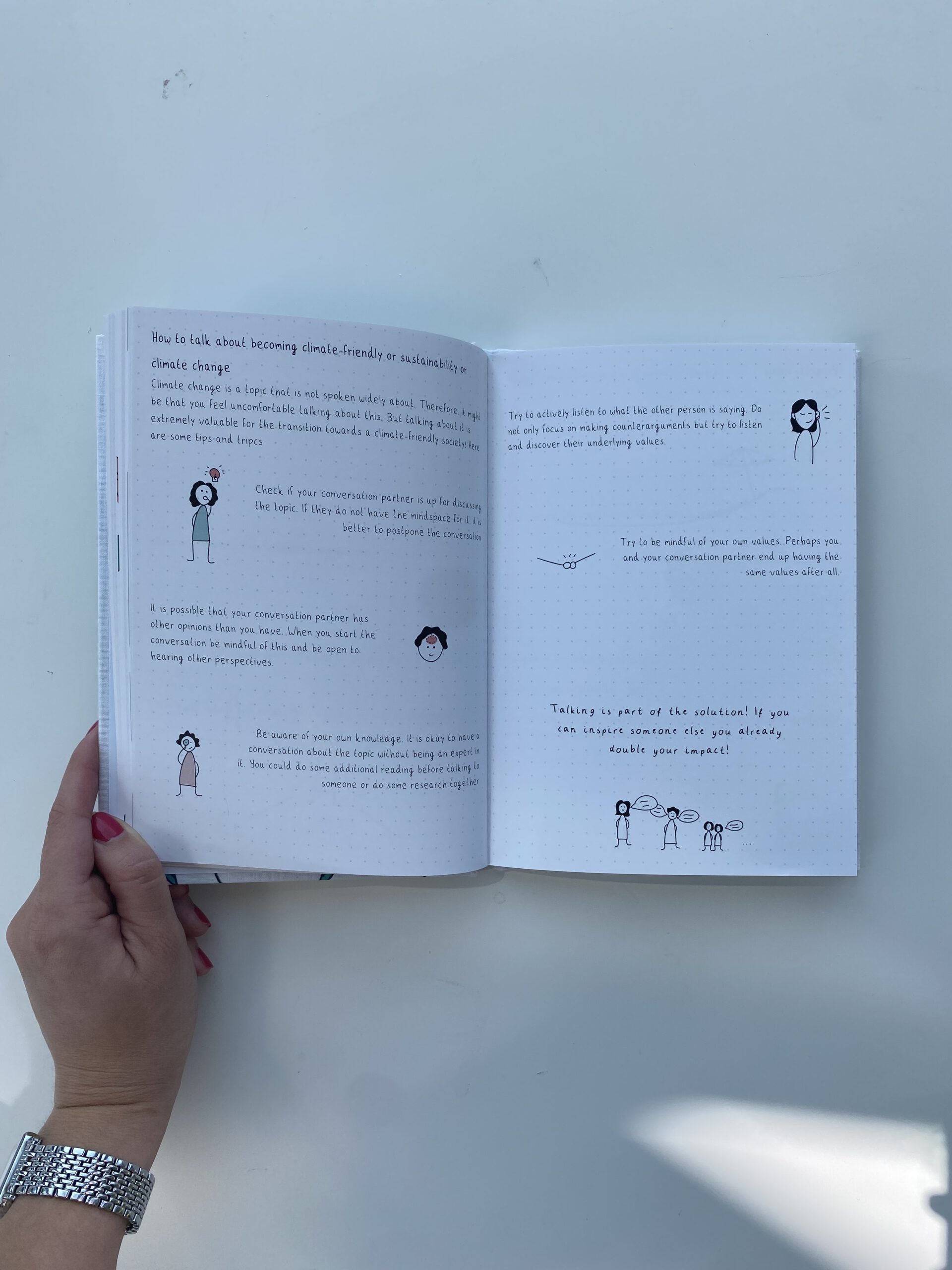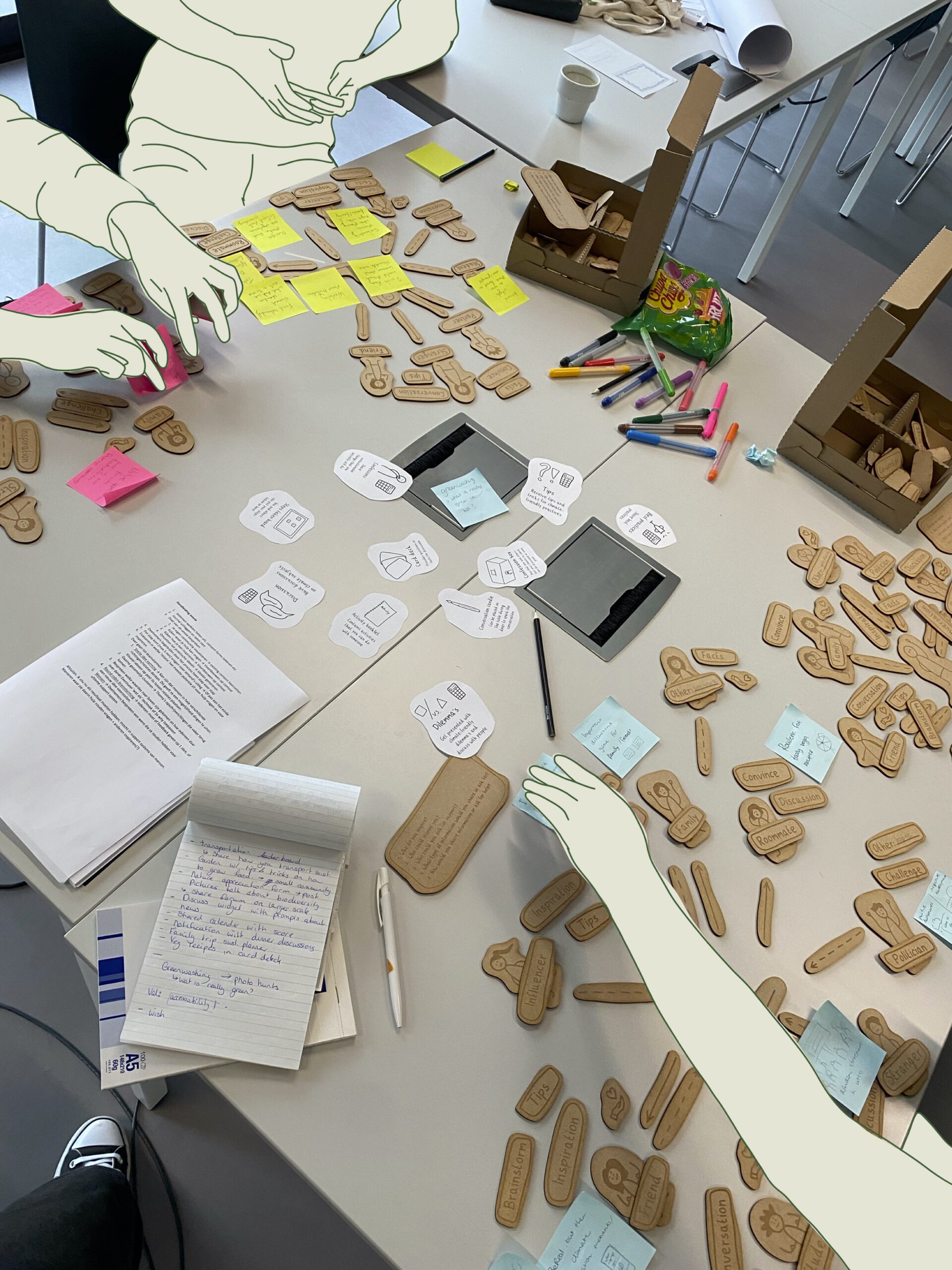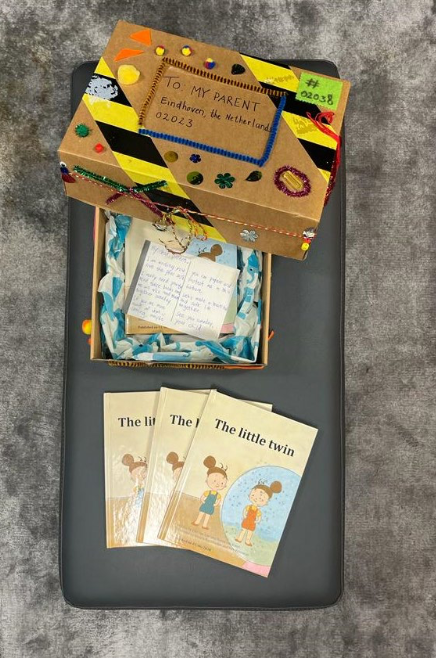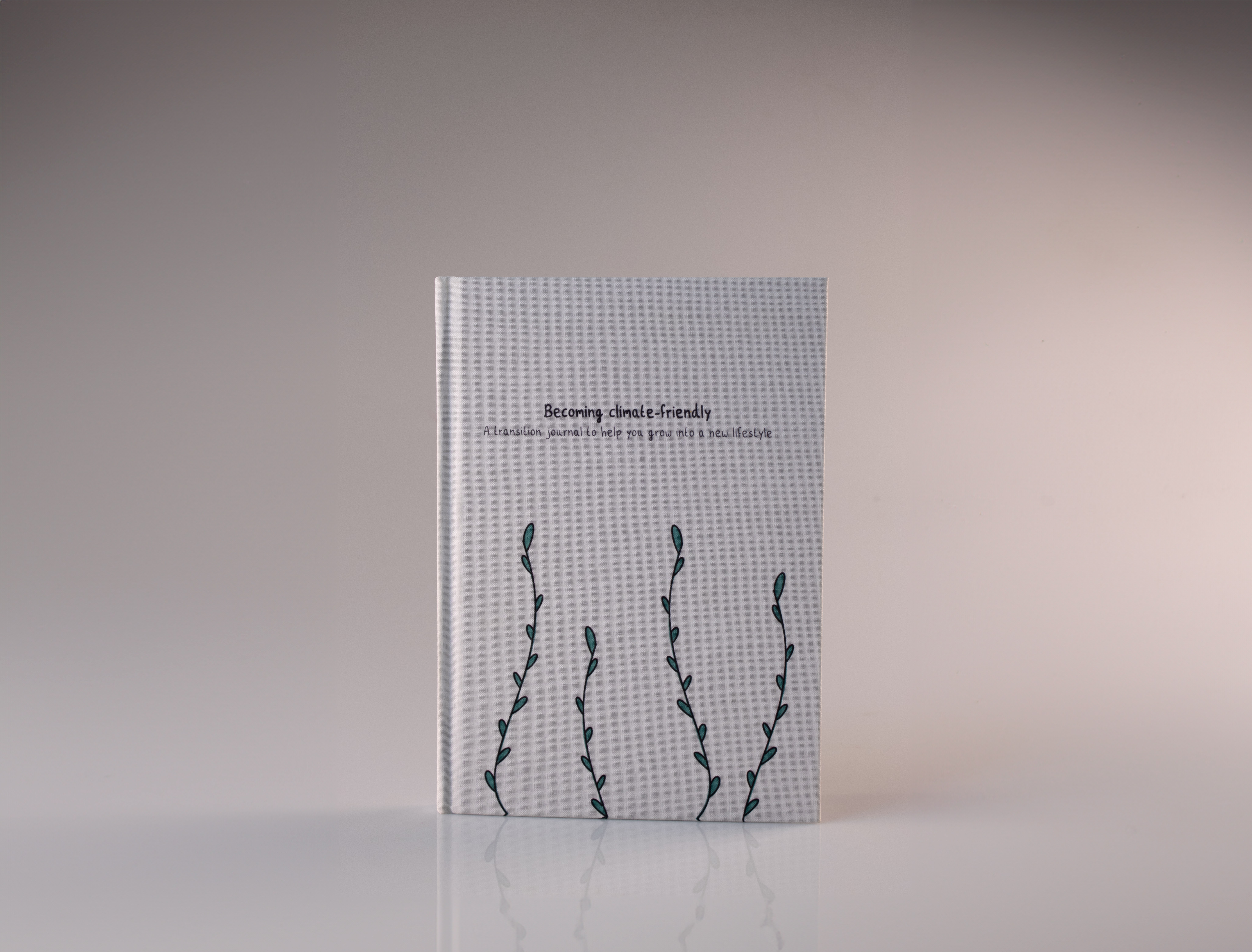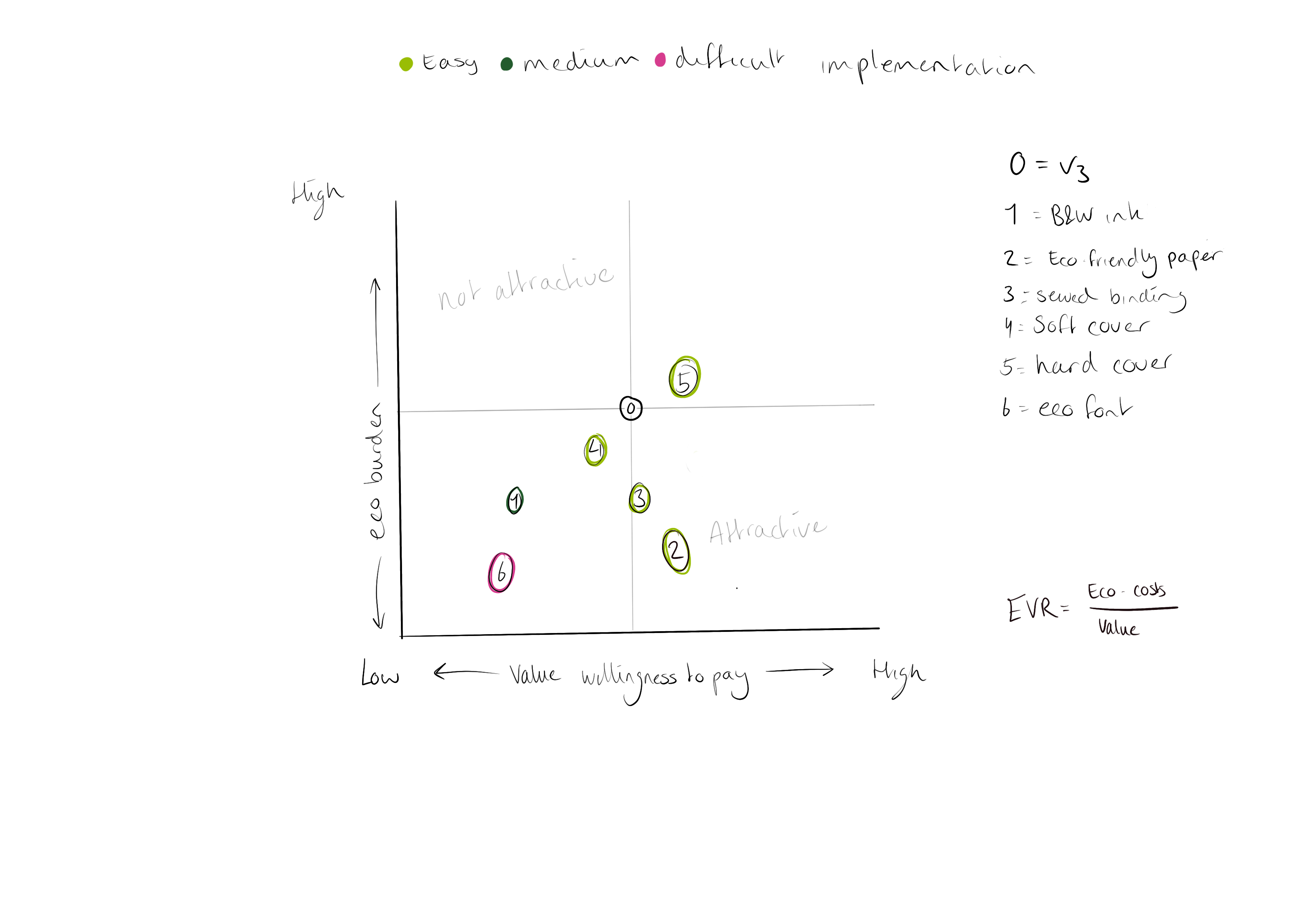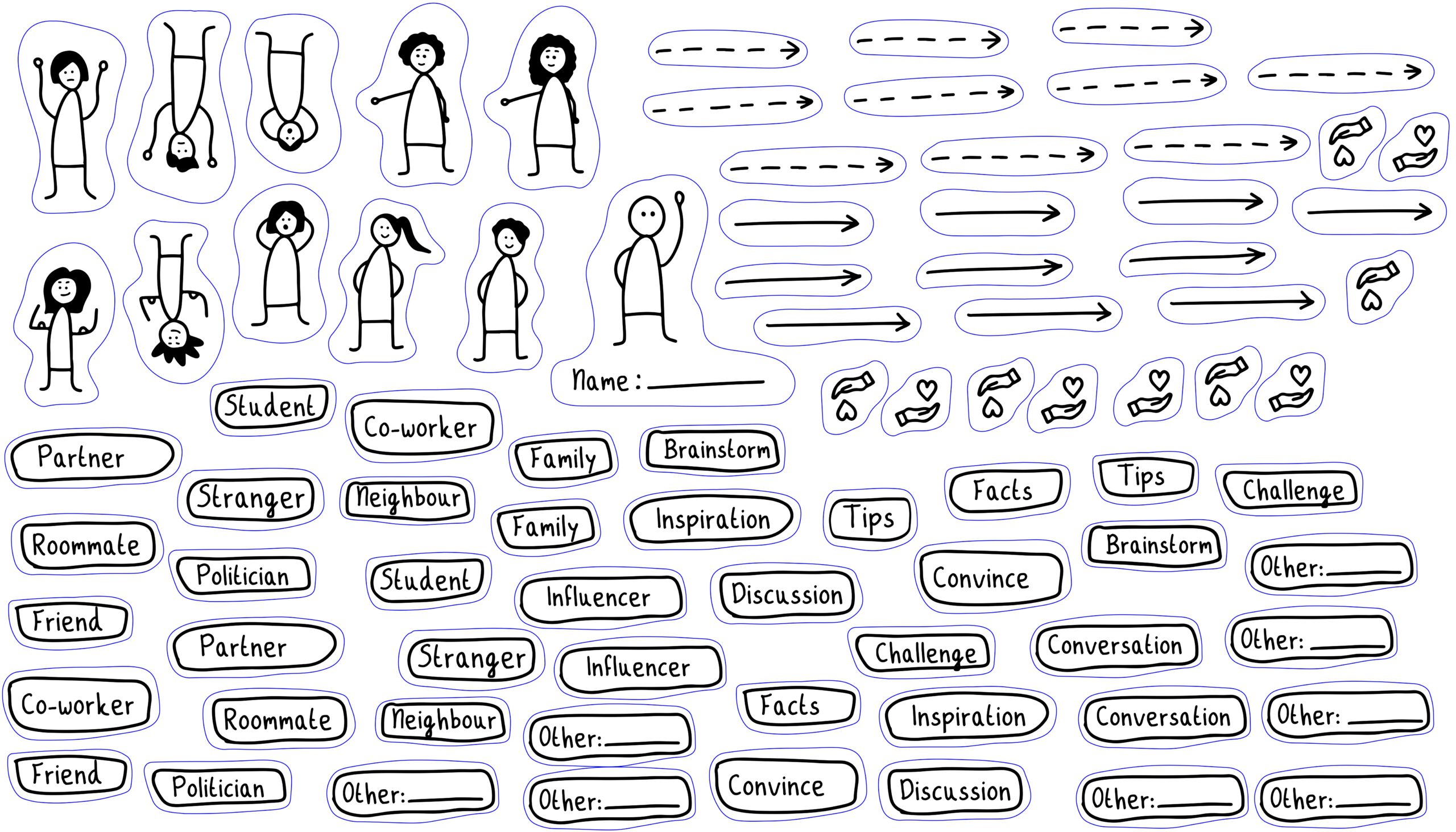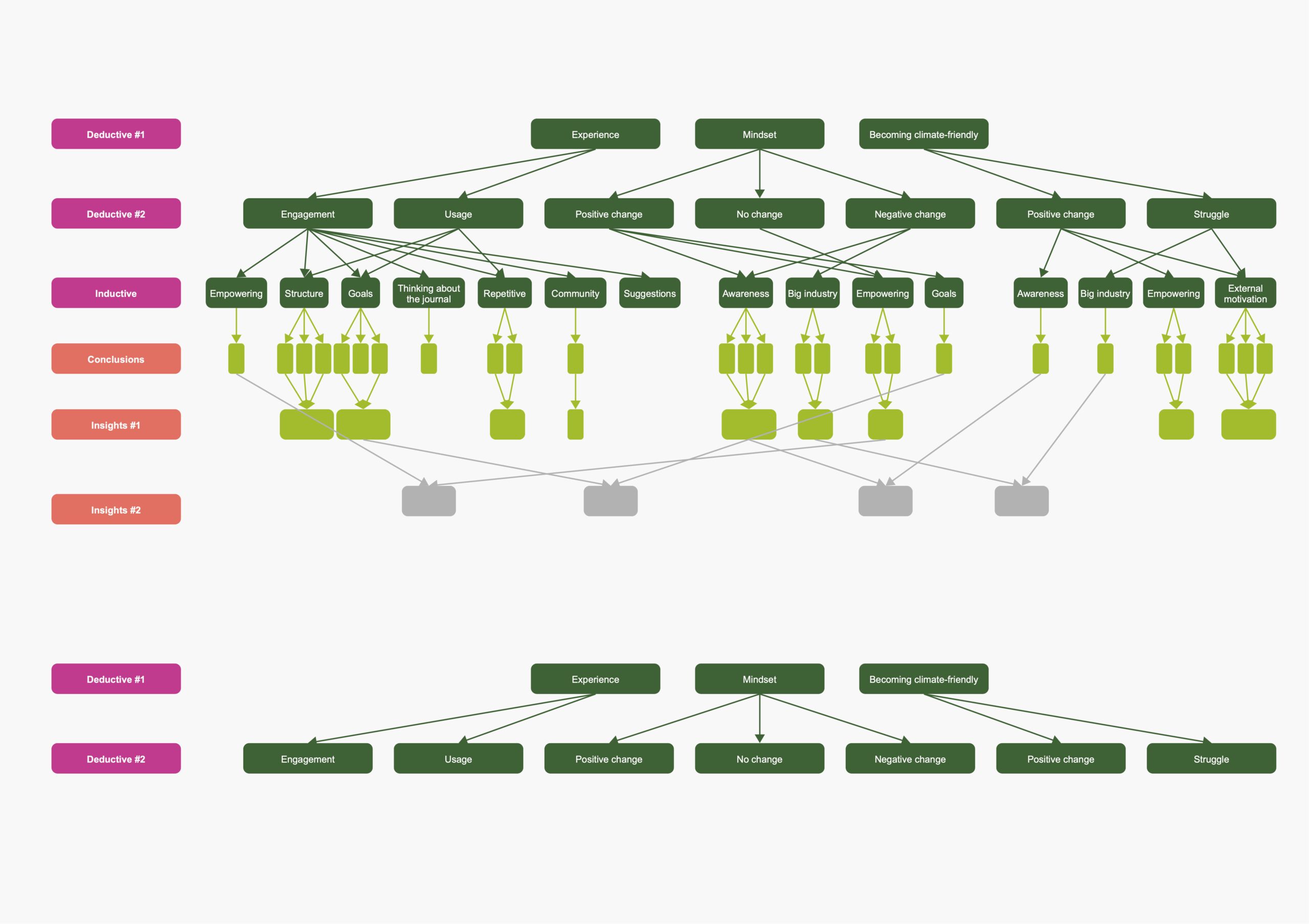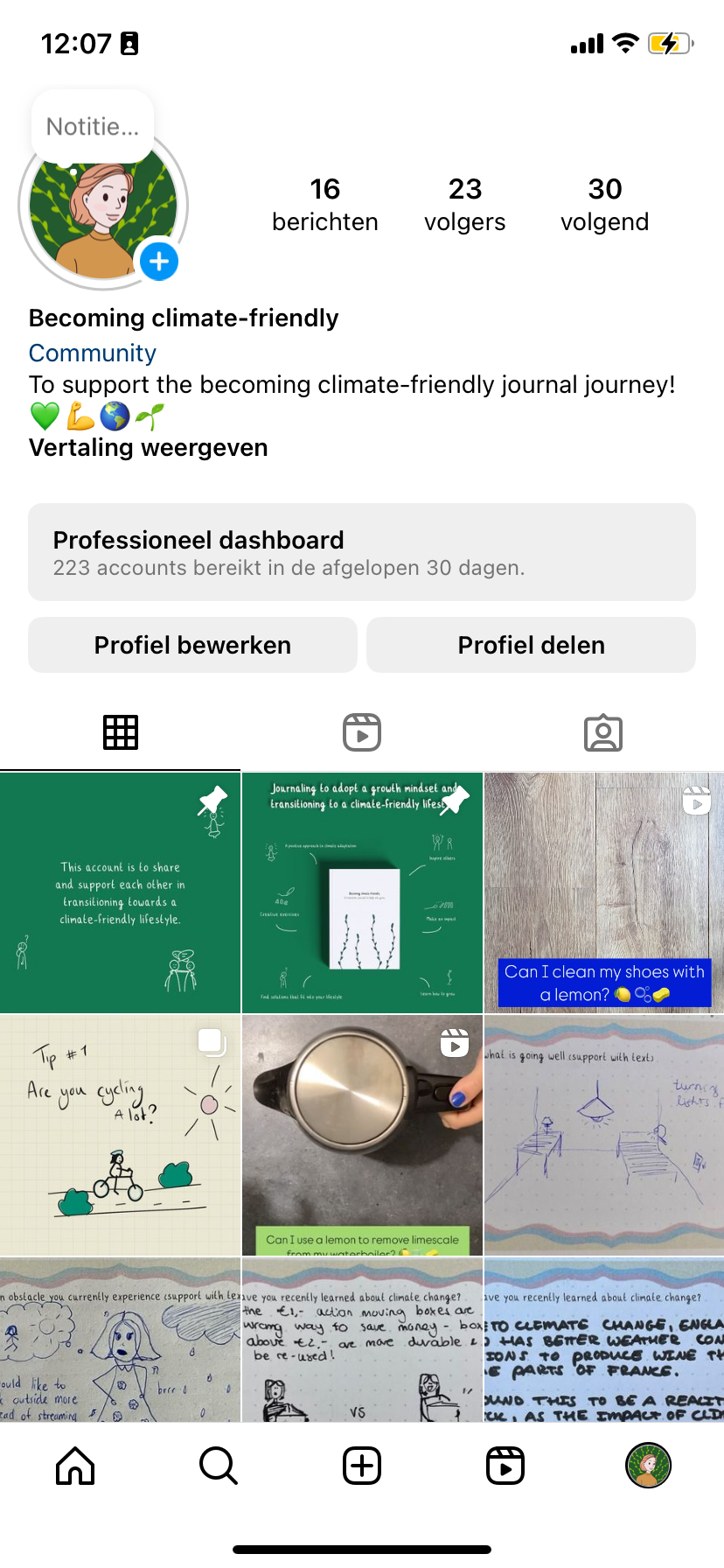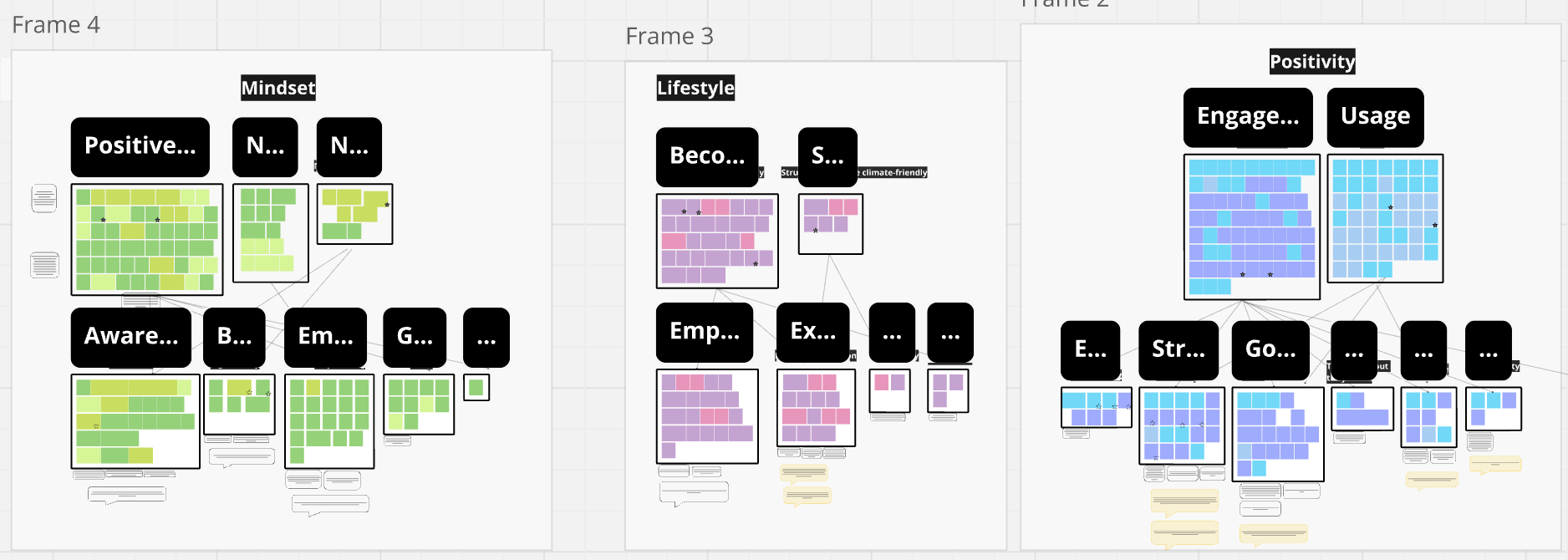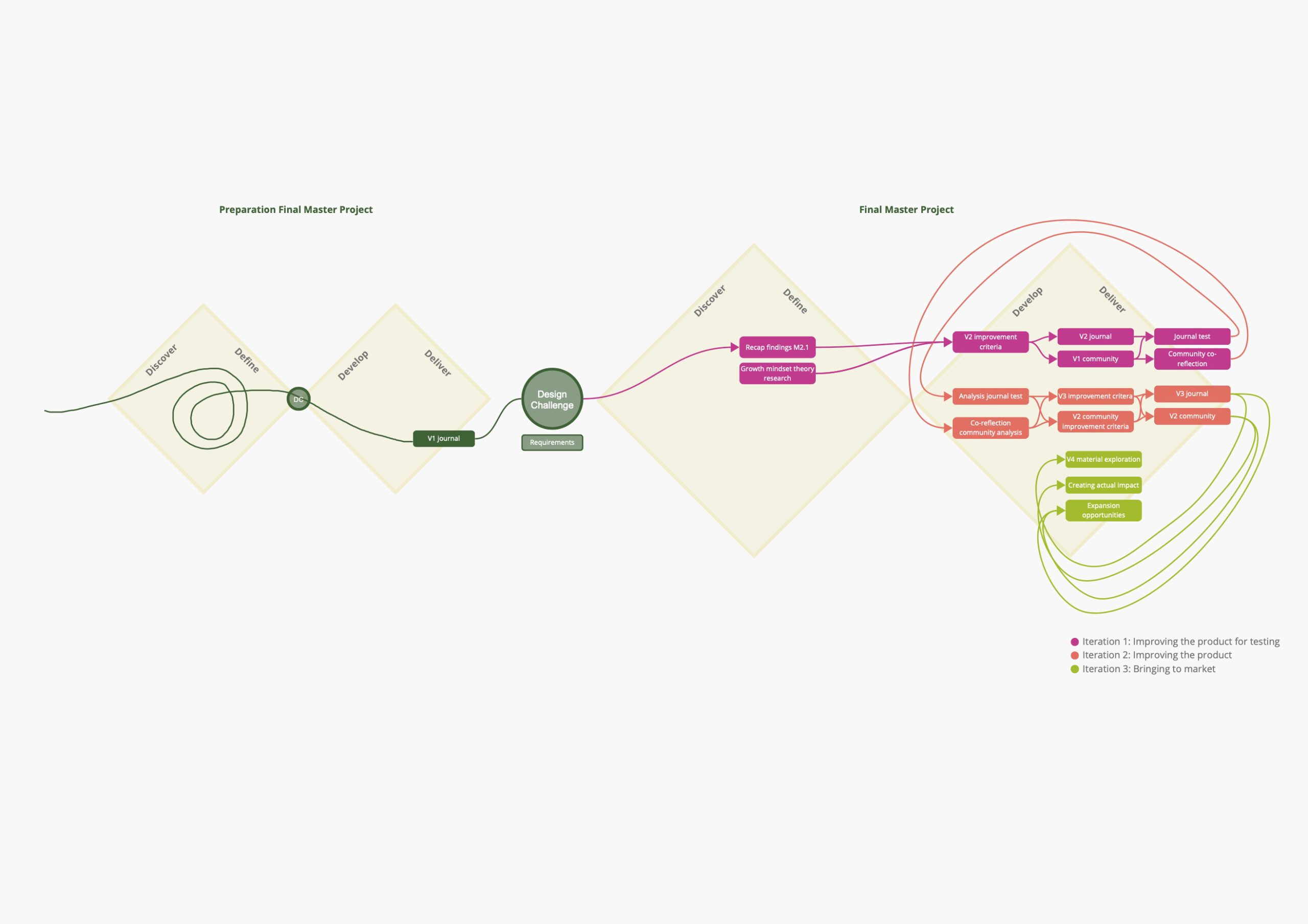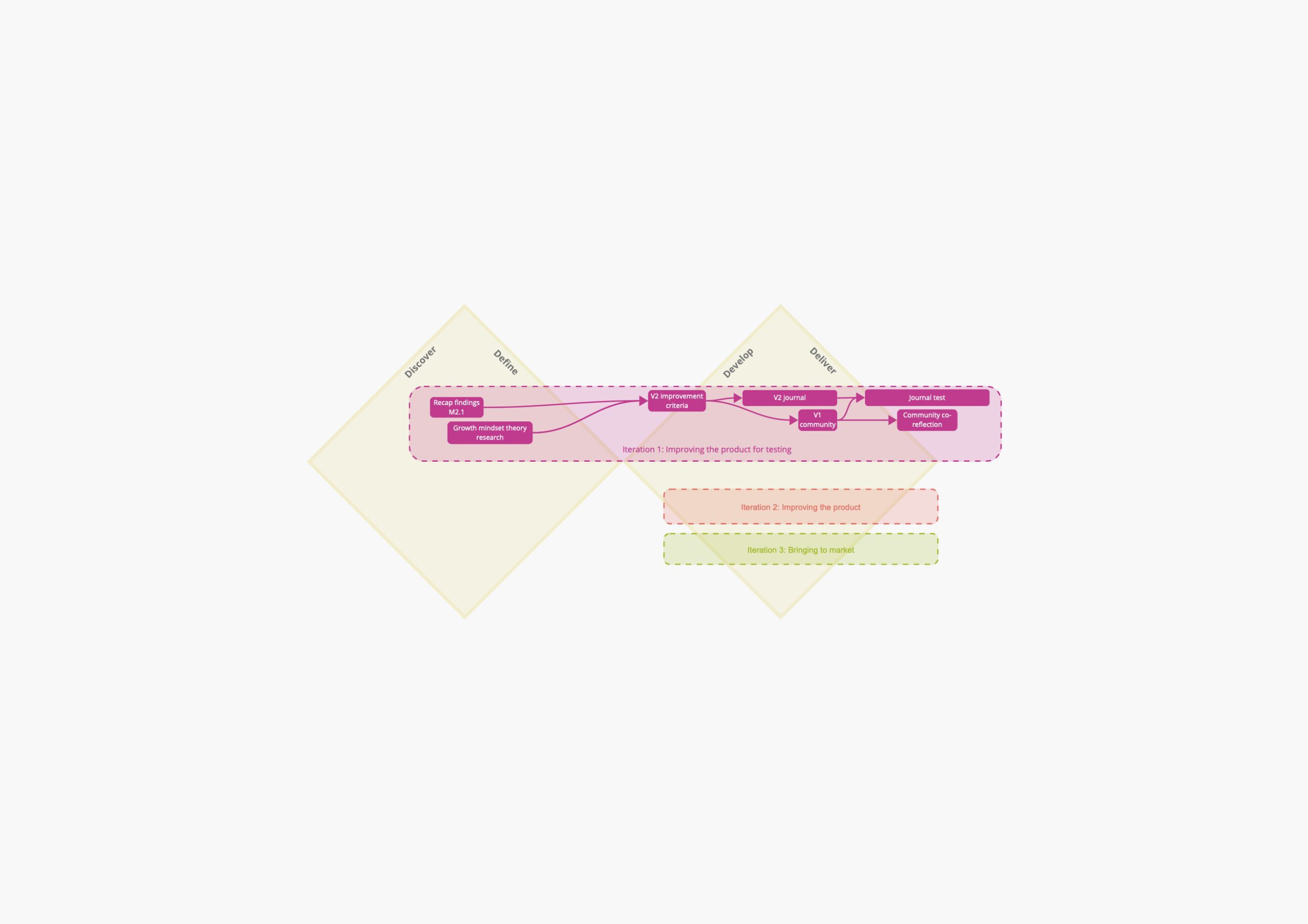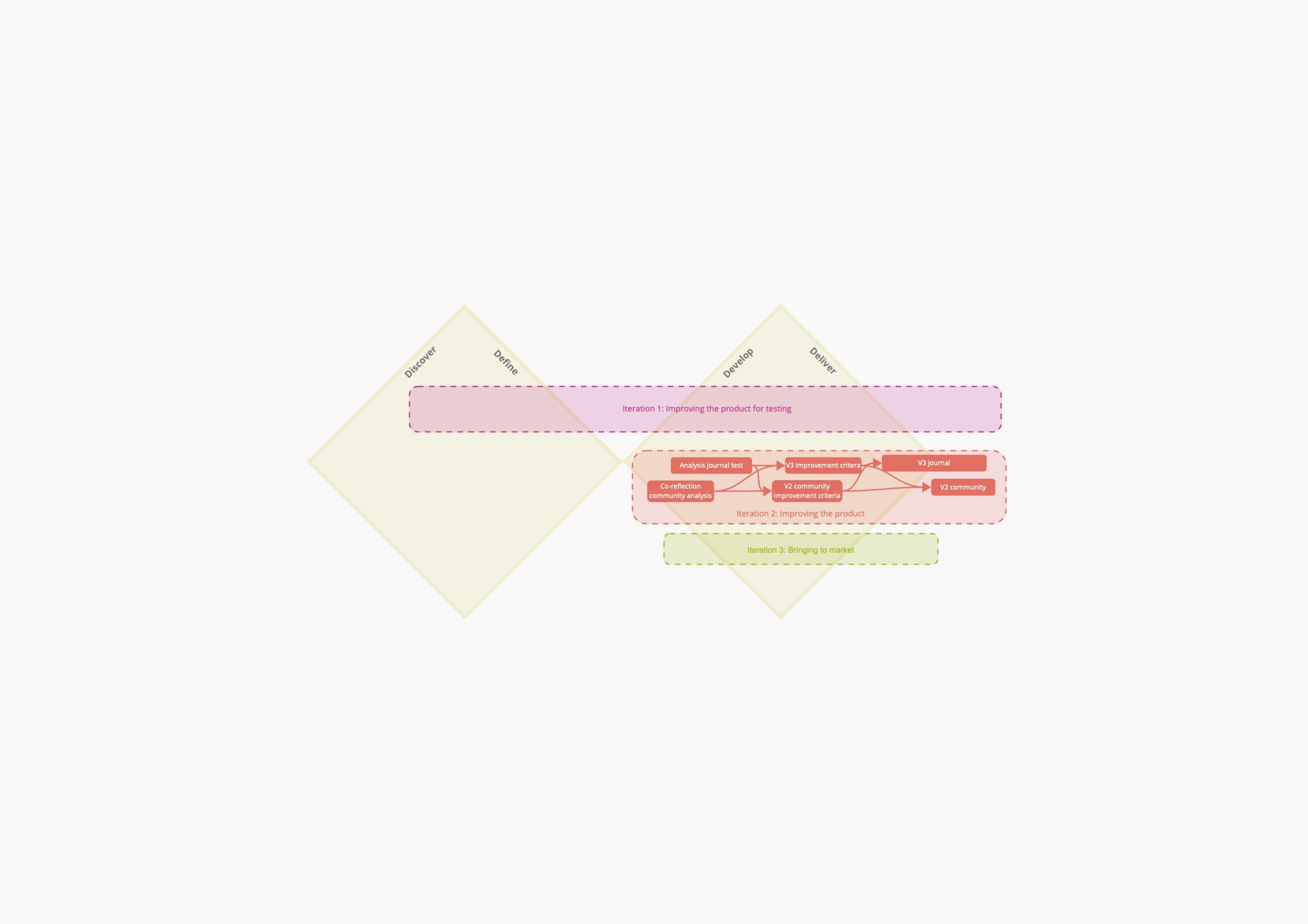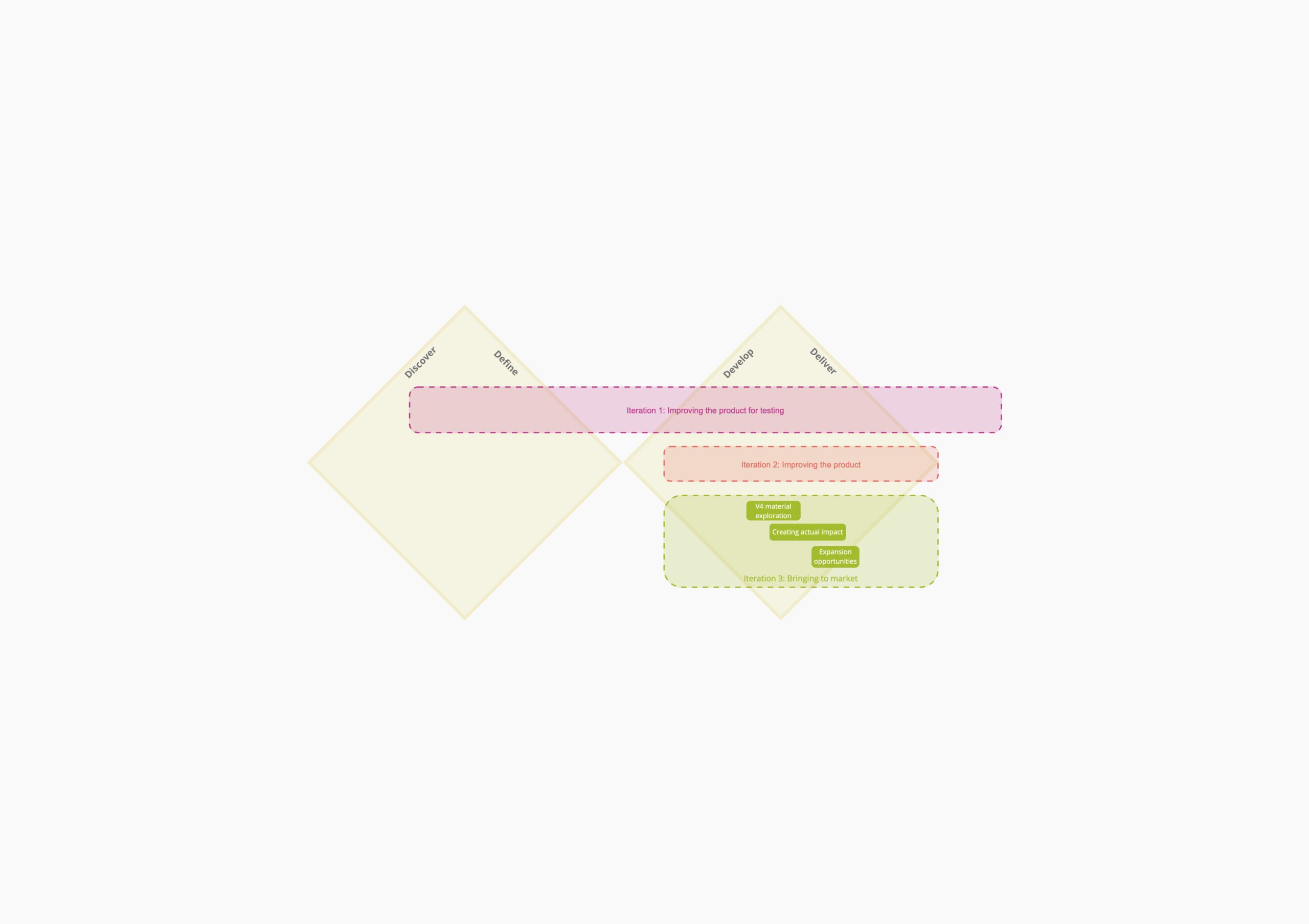Present
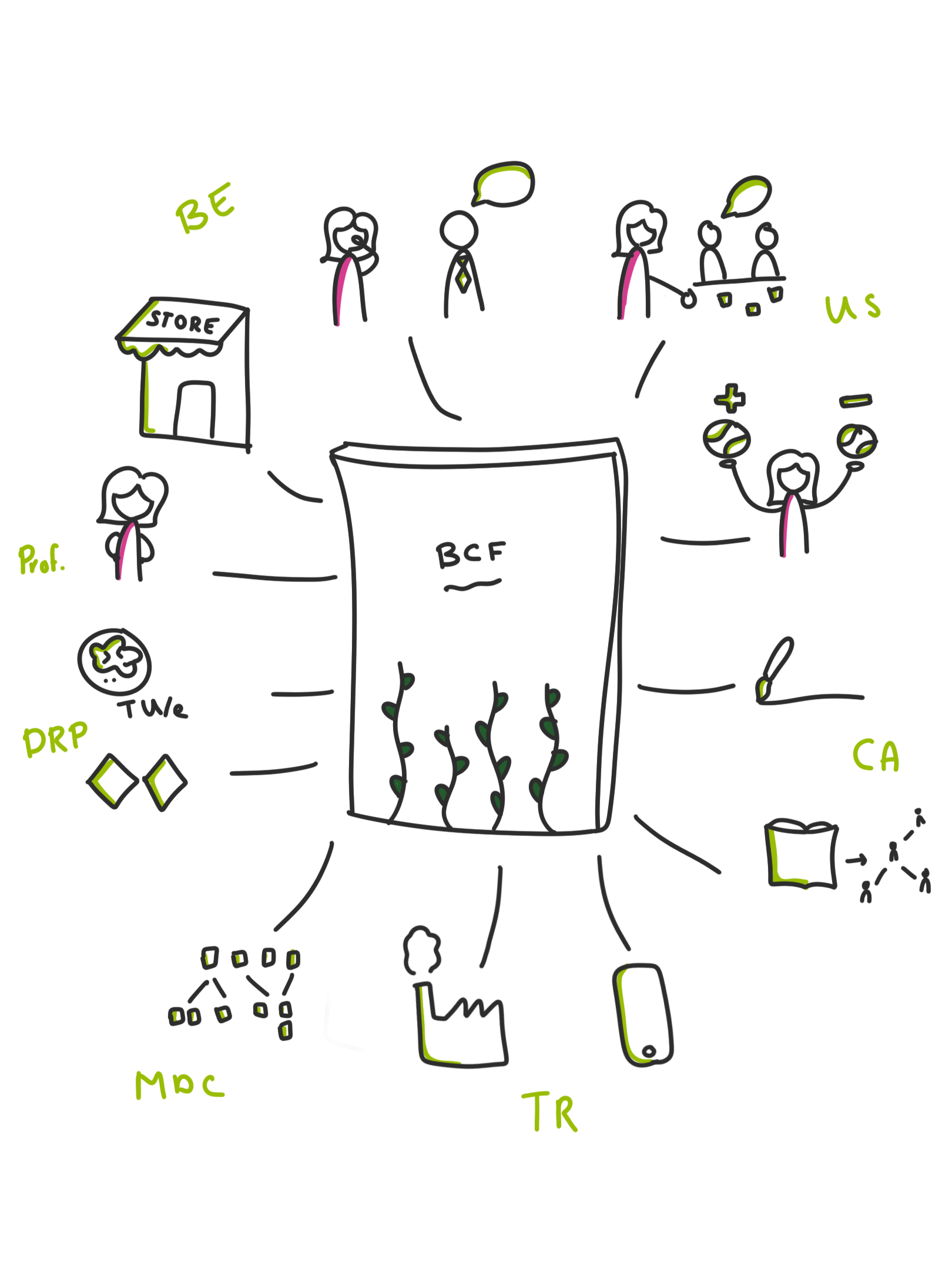
User & Society
A crucial point for my development was interacting with users through the co-reflection, as I had limited experience organising this. In creating the co-reflection, the information to give and how to gather information needed for the project were carefully considered. By having two different sessions, I have learned that creating co-reflection sessions is also an iterative and exploratory process, as in the first session, things came across differently than I intended. In future interactions with users or stakeholders, I will carefully craft the sessions and host pilots to ensure I can use the session to its full potential.
On a societal note, I have asked myself, ‘Will this help counteract climate change, or will it be another product that tries to do so but is more polluting?’. This question resulted in seeing my project as a constant trade-off as it is more polluting right now but can create less pollution over time through behaviour change on a larger scale. Researching how to reduce the production impact of the journal (TR) supported seeing the journal as a means for the greater good.
Business & Entrepreneurship
The project has primarily been built on literature and personal and user perspectives. The outcomes of this project have been evaluated by experts in multiple fields, such as PhD researchers from TU/e, an expert working at 2B Collective, and the municipality. Each expert has provided feedback on the theoretical knowledge of the journal or the implementation possibilities. However, one of my goals was to work with experts throughout the process rather than only involving them at the end stage. I have reflected on how expert involvement could benefit the project, but often, this was not prioritised over other necessities.
The reason for undertaking a year-long graduation project was to deliver a market-ready product, a goal that has been successfully achieved. While I initially anticipated applying more theoretical knowledge such as seeking investors or creating a business model, the project’s outcomes have proven to be in alignment with existing business structures, such as a publisher. This alignment has reassured me of the project’s potential. Engaging with the municipality and reflecting on the journal’s potential has further shaped my entrepreneurial skills.
Creativity & Aesthetics
One element that has not been mentioned much in this FMP is ‘Positivity’. In the development of the journal, a visual identity was used to communicate positivity and create a low threshold for the user to engage with the journal. Creating a product where my visual identity plays a crucial role in communicating the purpose and engaging the user made me consider more carefully what to include and how to make illustrations. To strengthen the visual identity, I have created fonts.
Furthermore, I have developed my skills in CA by using knowledge from a different discipline (systemic thinking therapy) and exploring how it could work in another context. Next, I explored how to connect the journal and the survey by asking participants to draw graphs. It is not explicitly researched how participants experienced this, but this seemed to be a fitting method to the journal as it keeps people in the ‘drawing’ mindset and uses that to reflect. I would use this again but give more precise instructions to the participants, for example, to scan the graphs, as that would provide the opportunity to analyse them better.
Technology & Realization
In this FMP, I have considered how a digital layer, such as an app, could be used to create a community. With my UX/UI design skills, this is possible, but making an app counteracts the journaling process as it provides a moment for reflection without distractions.
Researching different elements of how to produce a book sustainably has explored the realization of this project. I initially thought this would be hard to achieve, but I discovered that many publishers are already working on this. In hindsight, I would have liked to explore this before printing the final journal version, as it would have communicated the purpose of the journal even better.
Lastly, I developed my prototyping skills by learning to use the laser cutter and exploring different materials.
Math, Data & Computing
The journal was tested with users to validate elements and learn what needs improvement. Qualitative data was gathered through a survey and co-reflection to do this. I have often been working with inductive thematic analysis, but not deductively. However, as the data was too rich to only focus on the design requirement, the data was further analysed inductively, leading to clear points for improvement. I developed skills in critically reflecting on outcomes and evaluating if the data contains more relevant information.
Additionally, my knowledge of AI and algorithms was used to consider whether an Instagram page for the community was ethically responsible, as it would influence users’ algorithms and would influence their feed content. Related to Instagram, the data shared from a user perspective was also carefully considered to ensure that users could remain anonymous members of the community if they would like to.
Design & Research Processes
In academia or design research, projects focus on generating knowledge, while this project focuses on creating a practical solution to a complex problem, causing tension throughout the project. It had to be balanced if insights were gathered to develop knowledge on effective journaling for growth mindset development in climate change, to improve the product or both. The project focused on improving the product to ensure to make an actual impact and be viable outside of academia. However, the project has provided insights into designing journals for adopting a growth mindset and if they have the potential to play a role in climate mitigation. The journal was created mainly from literature and designer perspectives, and participants were involved in validating or rejecting assumptions, testing the product, and providing insights and inspiration to the community.
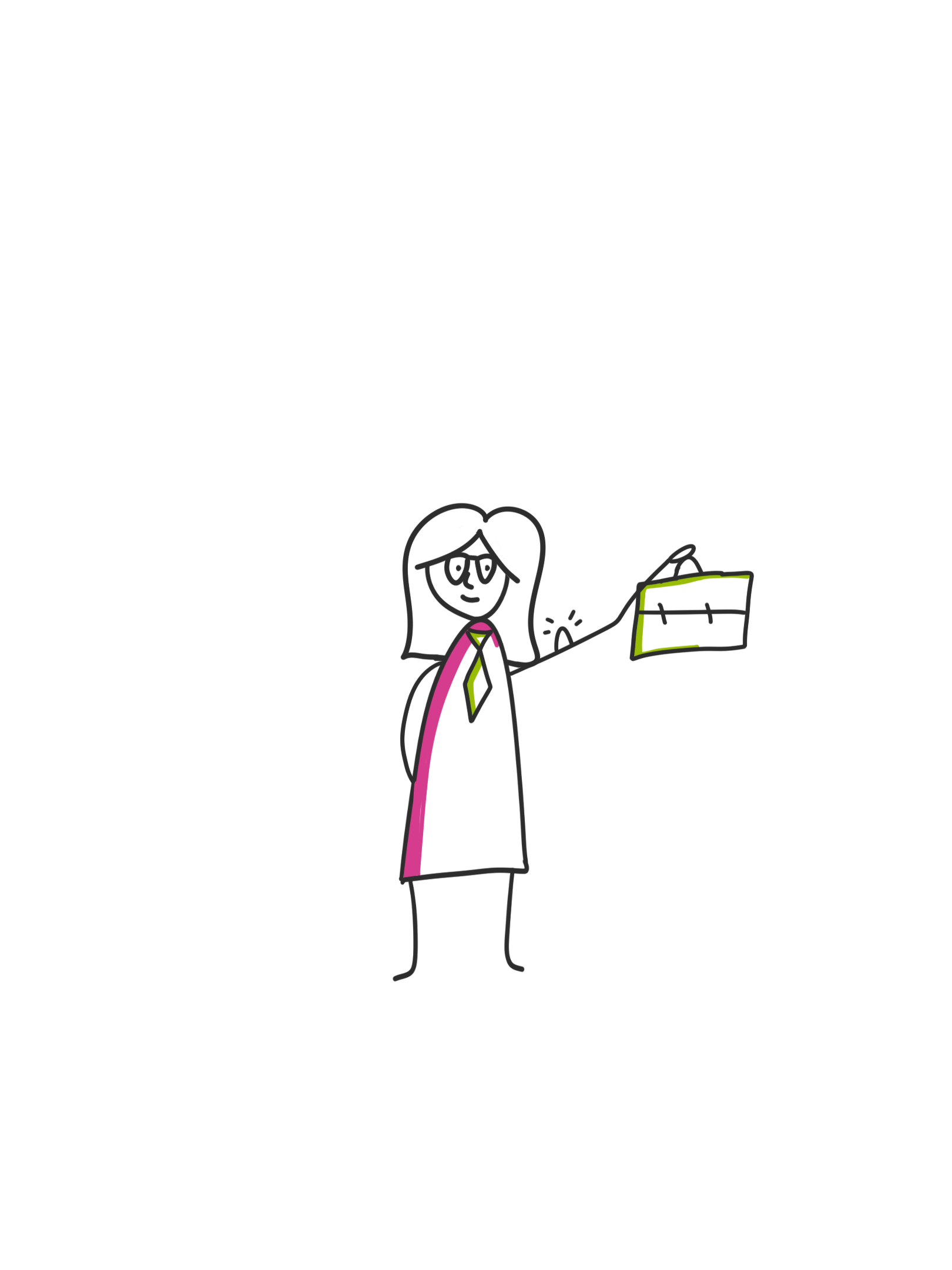
Professional Development
In addition to my expertise development, I have also developed myself professionally. Climate change-related design solutions are often a big puzzle, making it difficult to be confident in my design outcomes. In the past semester, I have approached my design process with greater confidence, which has led to finalising a market-ready product, reaching out to publishers and seeking other opportunities to bring the journal to the market. After this master’s and this graduation project, I became a designer who knows her qualities and weaknesses.
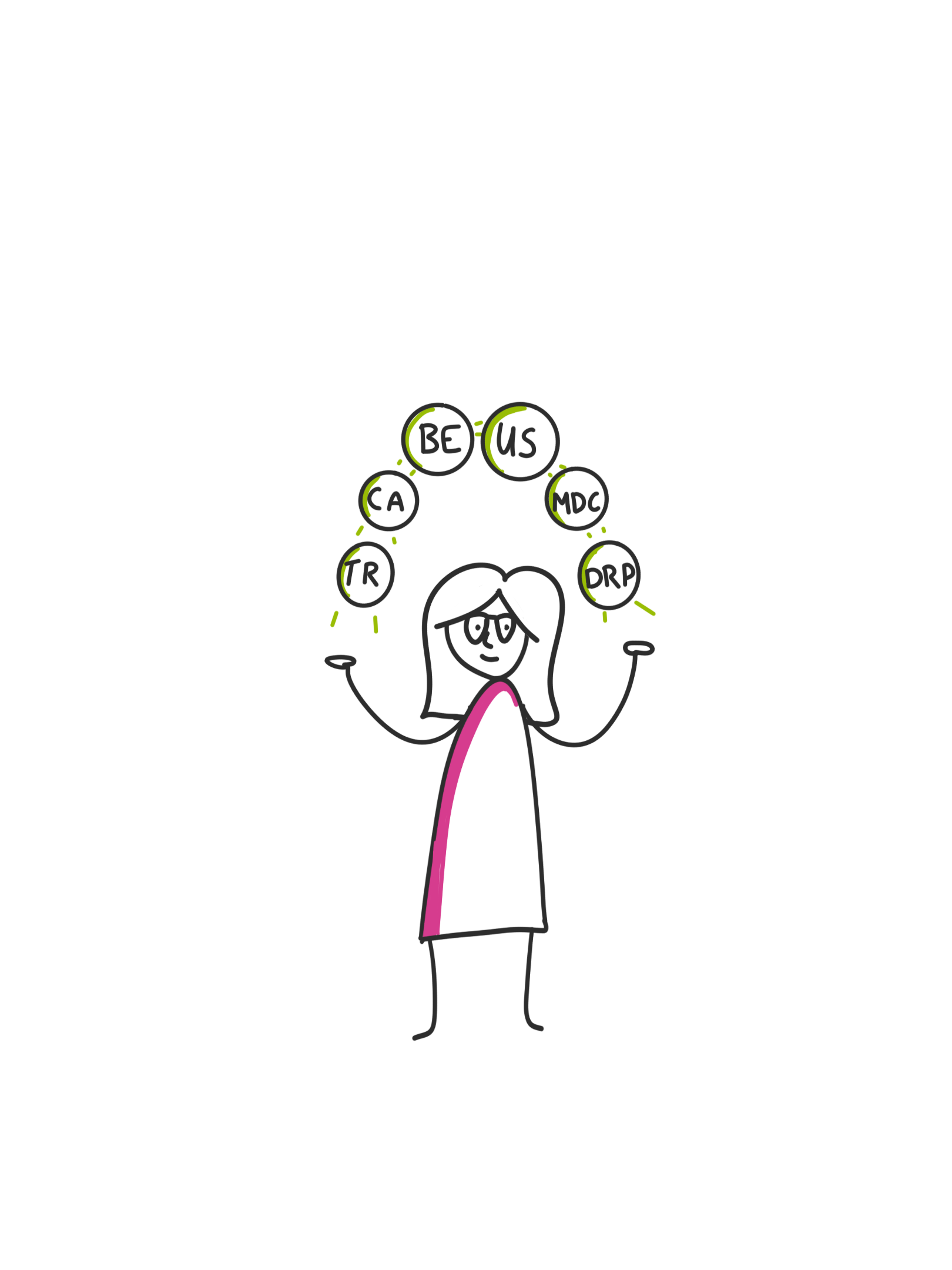
Expertise area integration
In this project, the expertise areas took on different roles. BE and US were used as a lens for the bigger picture, ensuring that, in moments, they were the backbone of the decision-making and prioritising throughout the process. In addition to the process, DRP has been integrated through selecting fitting methods per project phase and remaining critical and reflective on steps taken. TR, CA, and MDC were used in more concrete parts of the project, such as toolbox and journal development, as well as gathering and processing user insights.

